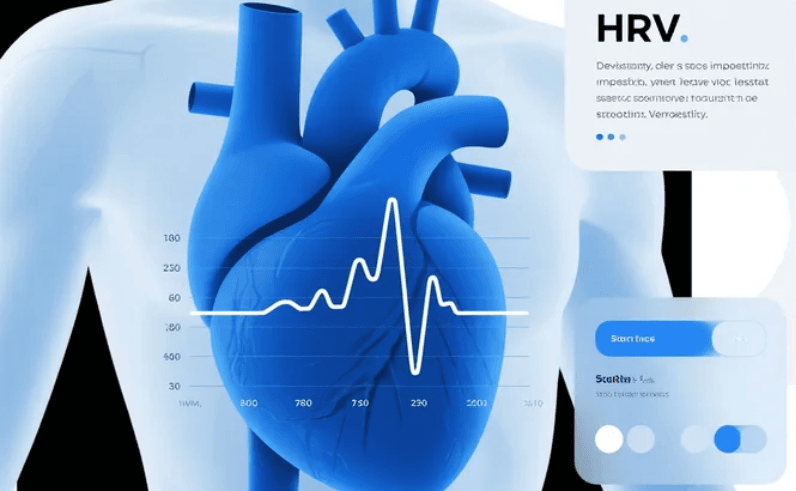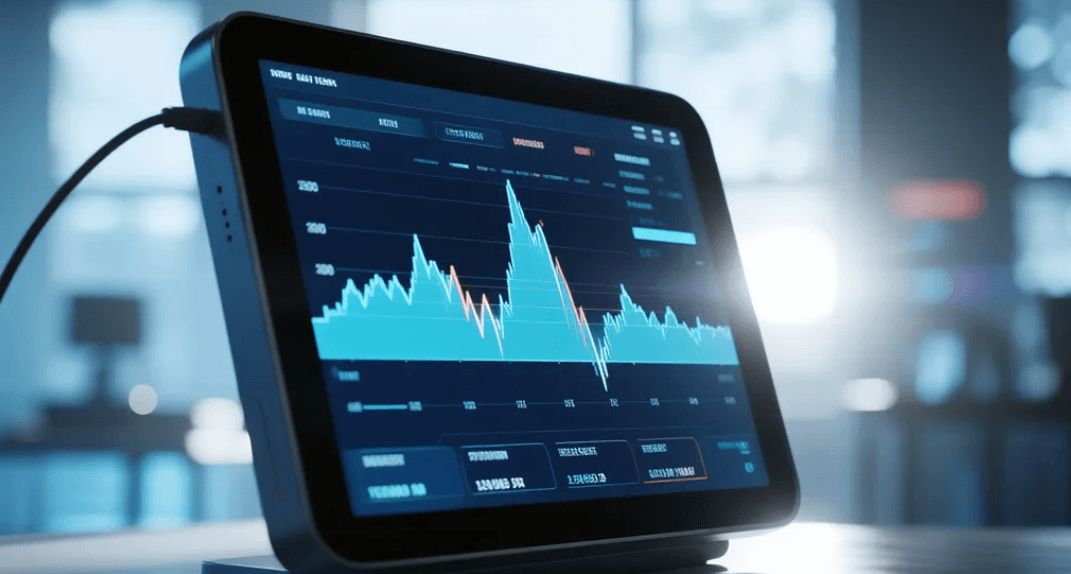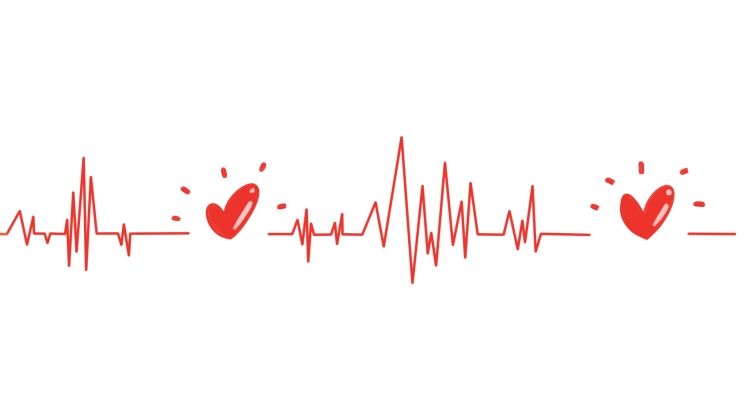What Is a Good HRV for My Age? Understand Your Heart Rate Variability
Why HRV Matters More Than Ever
Heart Rate Variability (HRV) has become one of the most talked-about health metrics in recent years. Whether you're an athlete, a biohacker, or simply someone focused on wellness, HRV provides deep insights into your nervous system, recovery status, and overall cardiovascular health.
But a common question arises: What is a good HRV for my age? Is your HRV too low? Too high? In this article, we’ll break down HRV in simple terms, explore what’s considered healthy at different life stages, and show you how to monitor and improve your HRV using modern tools like the BodyWave app.
What Is HRV (Heart Rate Variability)?
HRV measures the time variation between consecutive heartbeats, known as RR intervals. Unlike your average heart rate, HRV reflects the balance between the two branches of the autonomic nervous system:
- Sympathetic Nervous System (SNS): “Fight or flight” response
- Parasympathetic Nervous System (PNS): “Rest and digest” mode
A higher HRV indicates better adaptability and resilience, while a lower HRV suggests stress, fatigue, or potential health concerns.
Why Is HRV an Important Metric?
HRV is increasingly used by athletes, clinicians, and wellness seekers because it reflects:
- Physical recovery from workouts
- Mental stress levels and emotional well-being
- Sleep quality
- Cardiac health and longevity
By monitoring HRV over time, you can make informed decisions about training, rest, diet, and lifestyle changes.
What Affects HRV?
Many factors influence your HRV, including:
- Age
- Fitness level
- Sleep quality
- Hydration and nutrition
- Stress (mental and physical)
- Alcohol and caffeine intake
- Chronic illness or medication
That’s why HRV should be interpreted within the context of your life, not compared strictly against others.
What Is a Good HRV for My Age?
HRV naturally declines with age. Below is a general guideline based on rMSSD (a common HRV metric) and SDNN (another widely used HRV measurement):
Average HRV Values by Age Group (rMSSD)
| Age Range | Average HRV (rMSSD, ms) | Interpretation |
|---|---|---|
| 18–25 | 55–105 | Excellent |
| 26–35 | 45–90 | Very Good |
| 36–45 | 35–75 | Above Average |
| 46–55 | 30–65 | Average |
| 56–65 | 25–55 | Below Average |
| 65+ | 20–45 | Fair to Low |
Note: These numbers are averages and can vary widely by gender, fitness level, and measurement method.
SDNN HRV Reference Ranges
Another commonly used HRV metric is SDNN (standard deviation of NN intervals):
- Excellent: 100+ ms
- Good: 70–100 ms
- Fair: 50–70 ms
- Poor: below 50 ms
rMSSD is better for tracking recovery and daily stress, while SDNN is used for long-term cardiovascular health assessments.
How to Measure HRV Accurately
You can measure HRV using the following methods:
- Wearable Devices: Oura Ring, Apple Watch, WHOOP, Garmin
- Chest straps: Polar H10 or similar ECG-accurate monitors
- Apps: BodyWave app, Elite HRV, HRV4Training
Using the BodyWave App to Monitor HRV
For a modern and user-friendly solution, the BodyWave app is one of the best tools for continuous HRV tracking and actionable feedback.
BodyWave HRV Features
- Live HRV scans: via camera-based photoplethysmography (no hardware needed)
- Daily readiness score: combines HRV, sleep, stress, and mood
- Historical trends: week/month/year comparisons with age benchmarks
- AI guidance: personalized lifestyle and recovery recommendations
You can download BodyWave on the App Store or visit bodywave.life for more details.
How to Improve Your HRV Regardless of Age
If your HRV seems low for your age, don't panic. You can improve it over time through healthy habits:
- Prioritize quality sleep: aim for 7–9 hours, maintain consistent sleep/wake times
- Stay active: regular low-to-moderate exercise boosts parasympathetic tone
- Manage stress: try meditation, journaling, deep breathing exercises
- Hydrate and eat whole foods: proper nutrition supports autonomic function
- Avoid alcohol and smoking: both have a negative impact on HRV
- Monitor with intention: use apps like BodyWave to track and adjust accordingly
Is Higher HRV Always Better?
In general, a higher HRV is associated with better health and resilience. However, sudden spikes or drops could indicate illness, overtraining, or an irregular autonomic response.
It’s more important to look at trends over time rather than focus on daily numbers. Consistency is key.
HRV Trends: What to Watch For
When tracking HRV, observe:
- Weekly baseline: Are your average values improving?
- Morning HRV: A steady increase shows improved recovery
- Response to stress or workouts: Low HRV after intense training is normal, but should rebound quickly
- Lifestyle changes: Did HRV improve after better sleep or stress reduction?
Conclusion: Know Your HRV and Own Your Health
So, what is a good HRV for your age? While age-based charts provide general guidance, your personal trends matter more. With regular tracking and smart lifestyle adjustments, you can raise your HRV and improve your overall health, recovery, and performance.
Apps like BodyWave make HRV accessible and actionable, helping you live stronger, sleep deeper, and stress less—regardless of your age.
Start tracking today and make HRV your ultimate wellness guide.







BodyWave: Invest in Your Well-being!

